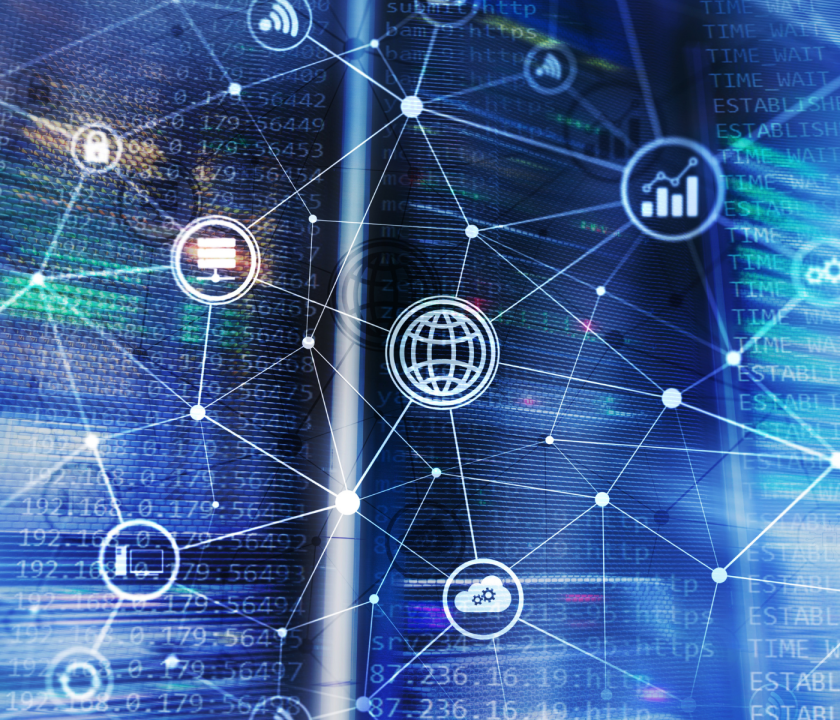Content available at: العربية (Arabic)
- In the poultry sector, the Internet of Animals (IoA) starts when these interconnected systems transfer data to the network related to the animal environmental conditions and the animal responses to be used in decision-making or to take immediate actions.
- The IoA belongs to the technological movement of smart farming and precision livestock farming technologies.
The poultry industry has been receiving some of the benefits of the rapid expansion of electronic sensors, devices, telecommunications, software, internet, and cloud-based connectivity. However, new developments in these areas can take us to a whole new level.
The IoA can help to improve the efficiency, biosecurity, food safety, welfare, sustainability, and transparency of the poultry industry.
We’ll make a short review of the current and potential applications.
The automatic data collection, communication, and analysis provide solutions and improvement opportunities by obtaining insightful information.
- Real-time collection of body and egg weights, feed, and water consumption can help with planning in the production chain, logistics, and processing plants.
- The ability to modify machine and housing equipment settings using automatic and remote control allows intervention promptly to guarantee optimum environmental conditions.
- Automatic alarm systems and anomaly detection systems can be implemented with IoA to prevent catastrophic losses and detect the onset of potential behavioral or health issues reducing risks and treatment costs.
- The IoA technologies can implement non-invasive, non-disruptive animal welfare assessments in hatcheries, farms, and processing plants.
- Also, it can help detect Salmonella, Campylobacter, E. coli, among other bacterial and viral infections or parasitic infestations, to ensure food safety and control of infectious diseases that can become potential zoonotic concerns.
- The environmental conditions in the hatchery, farm, and transportation can be monitored and modified timely and with more precision.
- Flocks’ feed and water intake, behaviors, sounds, movements, and physiological responses can be measured with electronic sensors, devices, or machine vision.
Data collected in different production locations can be centralized for analysis in shorter periods than manual methodologies.
Concerning data sharing, technologies like blockchain allow transferring data safely among devices and databases.
- Blockchain is a distributed or decentralized ledger technology used with IoT and now with IoA to make machine-to-machine transactions possible.
- Blockchain is a structure that stores transactional records or information known as “blocks” in several databases known as the “chain” in a network connected through peer-to-peer nodes.
- The storage is referred to as a digital ledger which is verified by multiple sources. In this way, it creates a permanent, unalterable record.
- Blockchain provides traceability to animal feed and final products for processing, which is the best way to offer transparency in the production chain required nowadays by customers at all levels.
Keep up to date with our newsletters
Receive the magazine for free in digital version REGISTRATION ACCESS
YOUR ACCOUNT LOGIN Lost your password?

